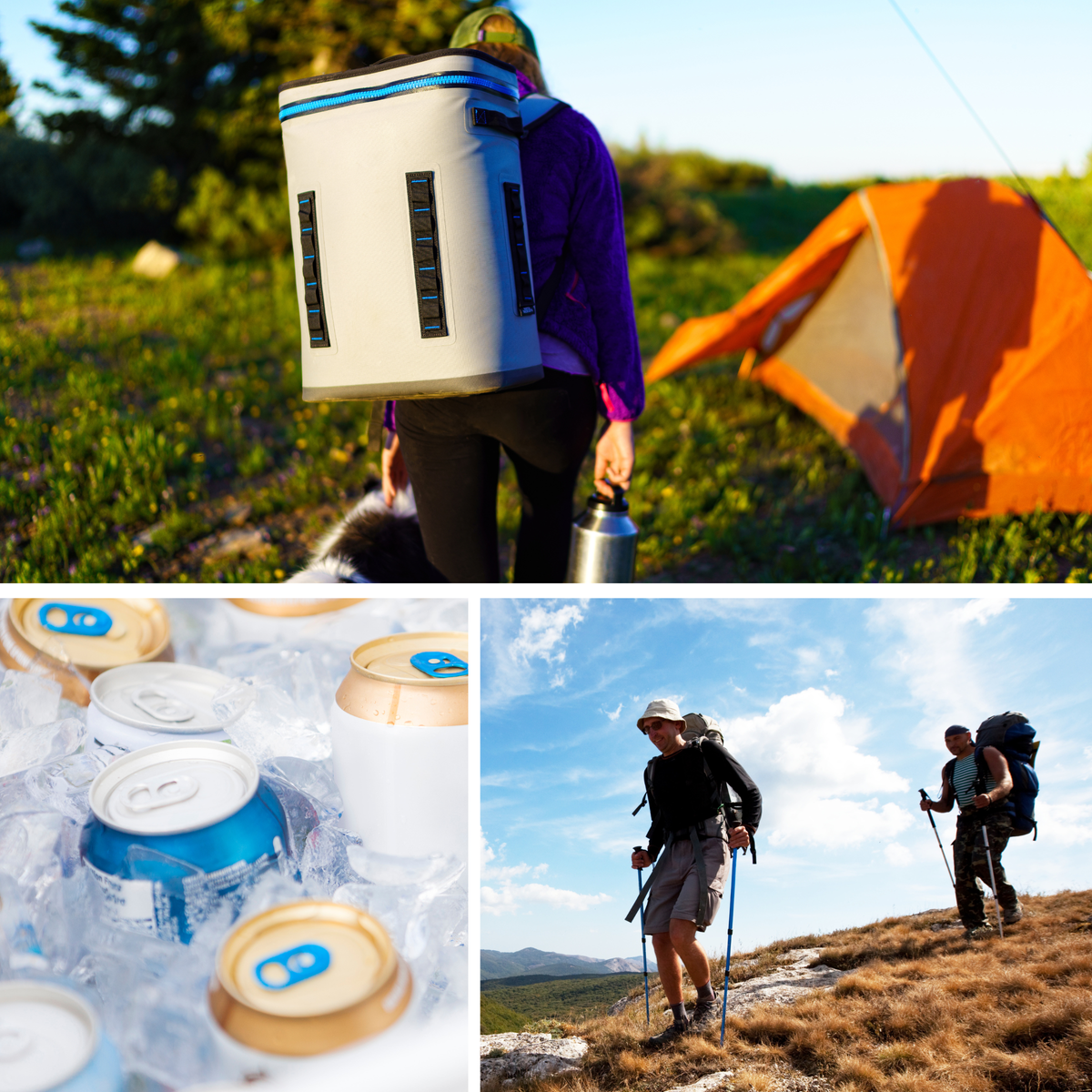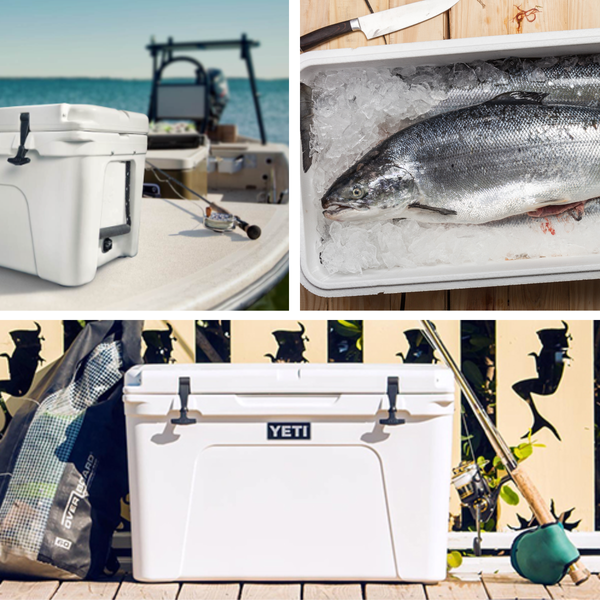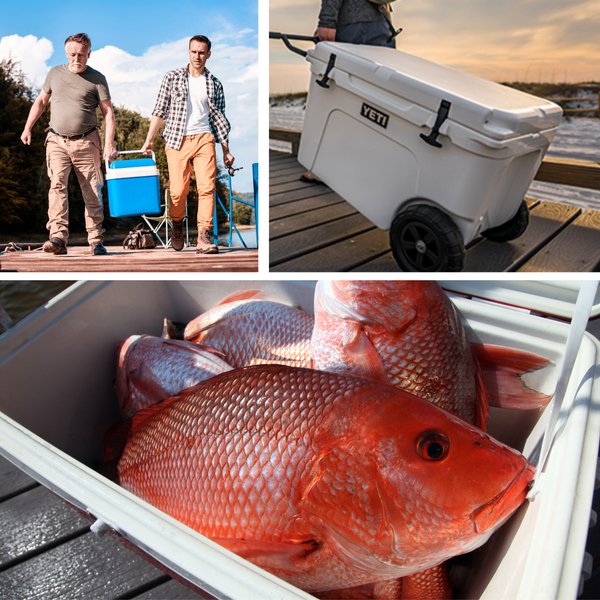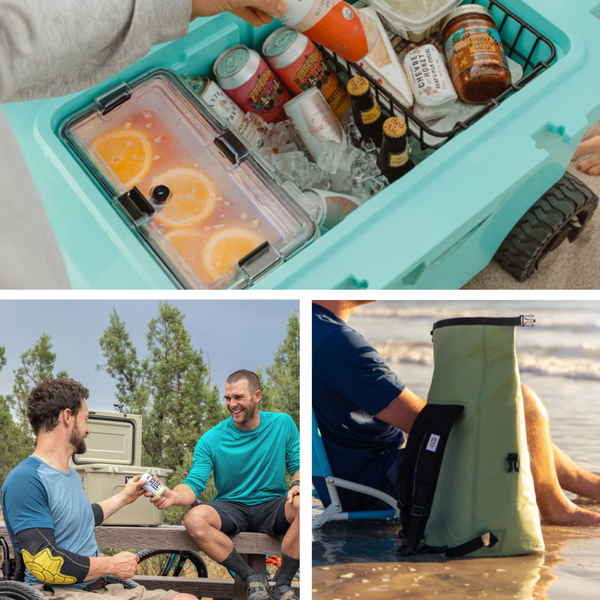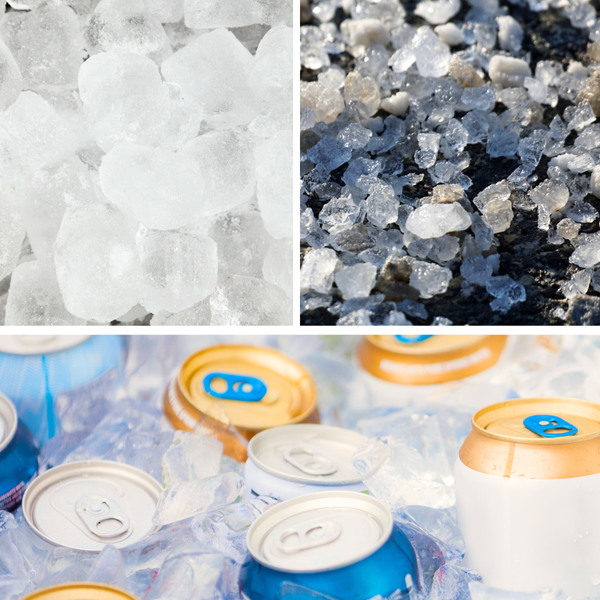Key Takeaways:
- Understanding the pros and cons of using ice in a backpack cooler can optimize your cooling strategy.
- Proper packing techniques and the use of ice alternatives can enhance ice retention in your cooler bag.
- Regular maintenance and smart usage of backpack coolers can prolong the coldness of your beverages and snacks during outdoor activities.
Backpack coolers have become a staple for outdoor enthusiasts, from day hikes to beach picnics. The question of "should you put ice in a backpack cooler" is a common one, and the answer isn't as straightforward as you might think. This article will delve into the intricacies of using ice in your cooler bag and provide you with the knowledge to keep your food and drinks chilled effectively.
The Science of Ice in Backpack Coolers
When you pack a cooler bag with ice, the goal is to maintain a lower temperature inside the bag for as long as possible. Ice absorbs heat from the surrounding environment, which includes your cold beverages and snacks, keeping them chilled. However, as the ice melts, it can create a pool of water that may not be desirable, especially if you're carrying items that shouldn't get wet.

Ice Retention in Cooler Bags
The ice retention capability of a backpack cooler is influenced by several factors, including the quality of the cooler's insulation, the ambient temperature, and how often the cooler is opened. A high-quality insulated cooler with Thermallock insulation can keep ice from melting for several hours, even in warm conditions. To maximize ice retention, it's essential to minimize the cooler's exposure to warm air and avoid direct sunlight.
The Role of Ice Packs in Cooler Bags
Reusable ice packs are a popular alternative to traditional ice cubes. They have a lower surface area exposed to warm air, which helps them last longer than cubed ice. Additionally, ice packs often contain a gel that freezes at a lower temperature, providing a more consistent cold source that can keep your cooler bag cold without the mess of melted ice.
Cubed Ice vs. Ice Blocks
When considering whether to use cubed ice or ice blocks, it's important to note that ice blocks have a larger mass and less surface area exposed to warm air, which means they generally last longer. However, cubed ice can be more convenient for filling in gaps around food and drinks, ensuring that cold air reaches all areas of the cooler bag.
Packing Techniques for Optimal Cooling
To properly pack a cooler backpack, start by pre-chilling both the cooler and its contents. Place a few cool blocks or reusable ice packs at the bottom, followed by your food and drinks, and then add more ice on top. This layering technique helps maintain a consistent temperature throughout the cooler. Additionally, using an air valve to remove excess air can further insulate the contents.
The Impact of Backpack Cooler Design
The design of your backpack cooler can significantly affect its cooling efficiency. Features like a chest strap, sternum straps, and side pockets not only contribute to carrying comfort but also to the cooler's ability to keep contents cold. Heavy-duty zippers and additional insulation in the lid and walls of the cooler can also improve ice retention.

Avoiding Water from Melted Ice
To prevent issues with melted ice, consider lining the bottom of your cooler with a towel to absorb excess water. Alternatively, using water bottles filled with frozen water can serve as ice packs and provide an additional source of cold water as they thaw. This method keeps your cooler bag cold while avoiding the mess of loose ice.
The Convenience of Cooler Backpacks
Backpack coolers offer a level of convenience that other coolers can't match. With extra storage, attachment points for extra gear, and the ability to carry them over long distances, cooler backpacks are ideal for outdoor adventures. Testers noted that the carrying comfort and practicality of these coolers make them a favorite among hikers and beachgoers alike.
Maintaining Your Cooler for Maximum Efficiency
Regular maintenance of your cooler bag is crucial for optimal performance. After each use, clean the interior with mild soap and water, and leave the zipper open to air dry. Storing your cooler in a cool, dry place will also help preserve its insulation properties and ensure it's ready for your next adventure.
Choosing the Right Cooler for Your Needs
When selecting a backpack cooler, consider the duration of your outdoor activities and the amount of food and drinks you'll need to carry. For day hikes, a smaller cooler with enough space for a lunch bag and a few cool blocks may suffice. For longer trips, look for a cooler with more storage space and enhanced features like Thermallock insulation and heavy-duty construction.

Innovative Alternatives to Traditional Ice
When considering how to keep your contents chilled in a cool bag, it's worth exploring innovative alternatives to traditional ice. One such alternative is the use of gel ice packs, which can be frozen and used repeatedly. These packs often stay frozen longer than regular ice and don't create a watery mess as they melt. They come in various shapes and sizes, allowing for flexible packing arrangements that can accommodate everything from a hydro flask to your lunch.
Another option is to freeze water bottles or other packs filled with non-toxic gel. This serves a dual purpose: not only do they keep your food and drinks cold, but as they melt, you also have a refreshing, ice-cold water bottle to drink from. This method is particularly useful for those who are heavy-duty outdoor enthusiasts, as it reduces the need to carry additional water bottles.
Tips for Ice Longevity in Your Backpack Cooler
To maximize the longevity of ice in your backpack cooler, start by pre-chilling your cooler and its contents. If possible, store your cooler in a cool, shaded area or cover it with a reflective blanket to protect it from direct sunlight. This can significantly slow down the rate at which the ice melts. Additionally, consider the shape of the ice you're using; large blocks of ice melt more slowly than smaller cubes due to their smaller surface area in contact with the warm air.
Another effective strategy is to layer your cooler contents, alternating between food/drinks and ice packs or frozen water bottles. This ensures even distribution of coldness and can help maintain lower temperatures for a longer period. Remember, the less air space inside the cooler, the better the ice retention will be, so pack it as full as possible. And when you're on the move, try to open your cooler as infrequently as possible to keep the warm air out and the cool in.
Maximizing Space in Hard Coolers
When it comes to hard coolers, which are known for their heavy-duty construction and superior ice retention, maximizing space is crucial. Unlike their soft-sided counterparts, hard coolers offer a rigid structure that can be both a blessing and a challenge.
In addition to strategic ice placement, consider the order in which you pack your items. Place perishable items that need to stay colder at the bottom, closer to the ice, and less sensitive items on top. This not only helps with cooling efficiency but also minimizes the need to dig through your cooler, which can let out precious cold air. Remember, a well-organized hard cooler is a more efficient one, keeping your items colder for longer.

Seeking Shade for Cooler Efficiency
One often overlooked factor in maintaining the chill in your backpack cooler is the power of shade. Keeping your cooler out of direct sunlight can significantly improve ice retention.
Moreover, if shade is not naturally available, consider creating your own. Portable canopies or even a reflective blanket can serve as a barrier between your cooler and the sun's rays. Not only does this protect the contents of your cooler, but it also extends the life of the ice inside, ensuring that your drinks and snacks stay chilled throughout your adventure. Remember, the cooler the spot, the longer your ice will last, making shade an essential ally in the battle against the heat.
The Verdict on Ice in Backpack Coolers
Ultimately, whether you should put ice in your backpack cooler depends on your specific needs and preferences. Ice can be effective in keeping your contents cold, but it requires careful packing and consideration of the potential for melted ice. Exploring alternatives like reusable ice packs and pre-frozen water bottles can offer a cleaner and more efficient solution.
Summary
Deciding if you should put ice in a backpack cooler involves weighing the benefits of traditional ice against the convenience and efficiency of alternatives like ice packs and frozen water bottles. By understanding the factors that affect ice retention and employing effective packing strategies, you can ensure that your cooler bag keeps your food and drinks chilled throughout your outdoor adventures. Regular maintenance and smart cooler usage will also contribute to a successful and enjoyable experience.
FAQ Section
Q: How long will ice last in a backpack cooler?
A: The duration that ice will last in a backpack cooler varies based on several factors, including the quality of the cooler's insulation, the ambient temperature, and how frequently the cooler is opened. Generally, a well-insulated cooler can keep ice for a few hours to a full day.
Q: Can I use both ice and ice packs in my cooler bag?
A: Yes, combining ice and ice packs can be an effective way to maintain a cold environment in your cooler bag. Ice packs can be used as a base, with ice cubes filling in the gaps around your food and drinks.
Q: How can I prevent my food from getting wet as the ice melts in the cooler?
A: To prevent food from getting wet, you can use sealed water bottles filled with frozen water, which double as ice packs and drinking water. Alternatively, place a towel at the bottom of the cooler to absorb melted ice, or use waterproof containers to protect your food.



